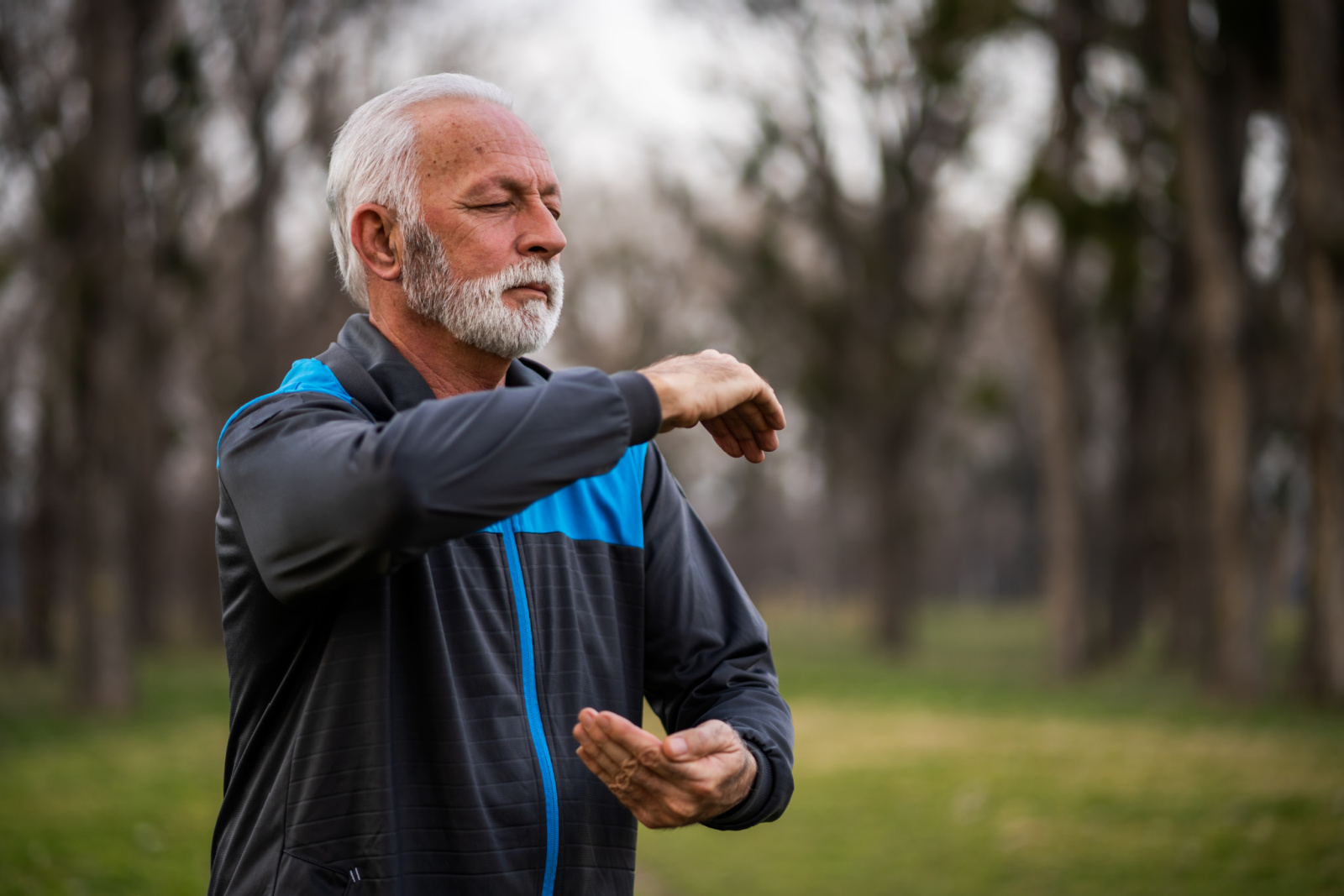National Stroke Awareness Month
Stroke can be deadly, debilitating, and dangerous. Its attack on the body can be silent and without warning. Fortunately, there are ways to lower your risk of having a stroke.
By definition from the American Stroke Association, “Stroke is a disease that affects the arteries leading to and within the brain. A stroke occurs when a blood vessel that carries oxygen and nutrients to the brain is either blocked by a clot or ruptures. When that happens, part of the brain cannot get the blood and oxygen it needs, so it and brain cells die.”
Although deadly, 80% of strokes are preventable and can be prevented by implementing healthy lifestyle choices. The two leading contributors to stroke are poor diet and physical inactivity.
Poor diet commonly results in high cholesterol and high blood pressure, in tandem causing a slow ambush on the heart. Stop the ambush in its tracks by choosing a healthier diet.
- Limit the consumption of foods high in sodium, saturated fat, trans fat, and cholesterol.
- Opt for minimally processed foods that are lower in fat and made with little to no salt.
- Minimize your intake of added sugars and alcohol.
- Choose to eat a wide variety of fruits and vegetables.
- Ensure that you are consuming healthy sources of lean and unprocessed protein.
Pair a healthier diet with physical activity. Move that body! This does not always call for long, strenuous trips to the gym. Small changes can be as simple as parking farther away for a longer walk to work or school, waking up earlier for a short stroll around the block, or a quick yoga session at the desk. Implementing movement as little as 15-30 minutes a day can lead huge strides toward physical and cardiovascular health and fitness.
Physical activity not only exercises the body, but also the mind. Taking a few minutes a day to focus on yourself can lift some stress off your shoulders and mind. Oftentimes, stress can lead to inflammation, hypertension, and other vascular conditions, ultimately leading to a higher risk of stroke. Use physical activity as a time to de-stress, breathe, and focus on your mind and body.
Lastly, smoking and the use of tobacco causes a temporary increase in blood pressure and will cause damage to your lungs and arteries. Limiting or quitting the use of tobacco (and exposure to secondhand smoke) will aid in the reduced risk of stroke.
Altering a few of your lifestyle choices can significantly impact your risk of stroke and your overall health.
Consult your doctor to find the best forms of action to decrease your chance of stroke.
In the case of a stroke, know the signs. Remember F.A.S.T. to identify if someone is experiencing a stroke.
- Face Drooping – Does one side of the face droop or is it numb? Ask the person to smile. Is the person’s smile uneven?
- Arm Weakness – Is one arm weak or numb? Ask the person to raise both arms. Does one arm drift downward?
- Speech Difficulty – Is speech slurred?
- Time to call 911
In-home senior care services can be a good fit for seniors trying to manage their diet and physical activity. We have compassionate caregivers who can help with lifestyle care and care coordination. Schedule a free consultation or give your nearest A Place At Home location a call today!










